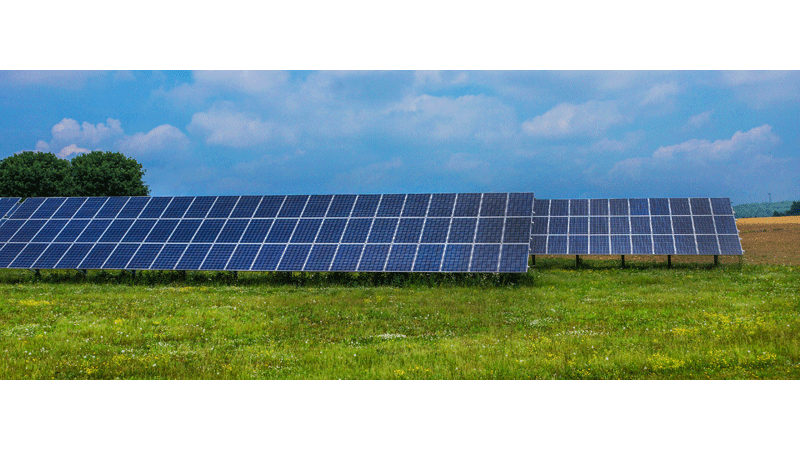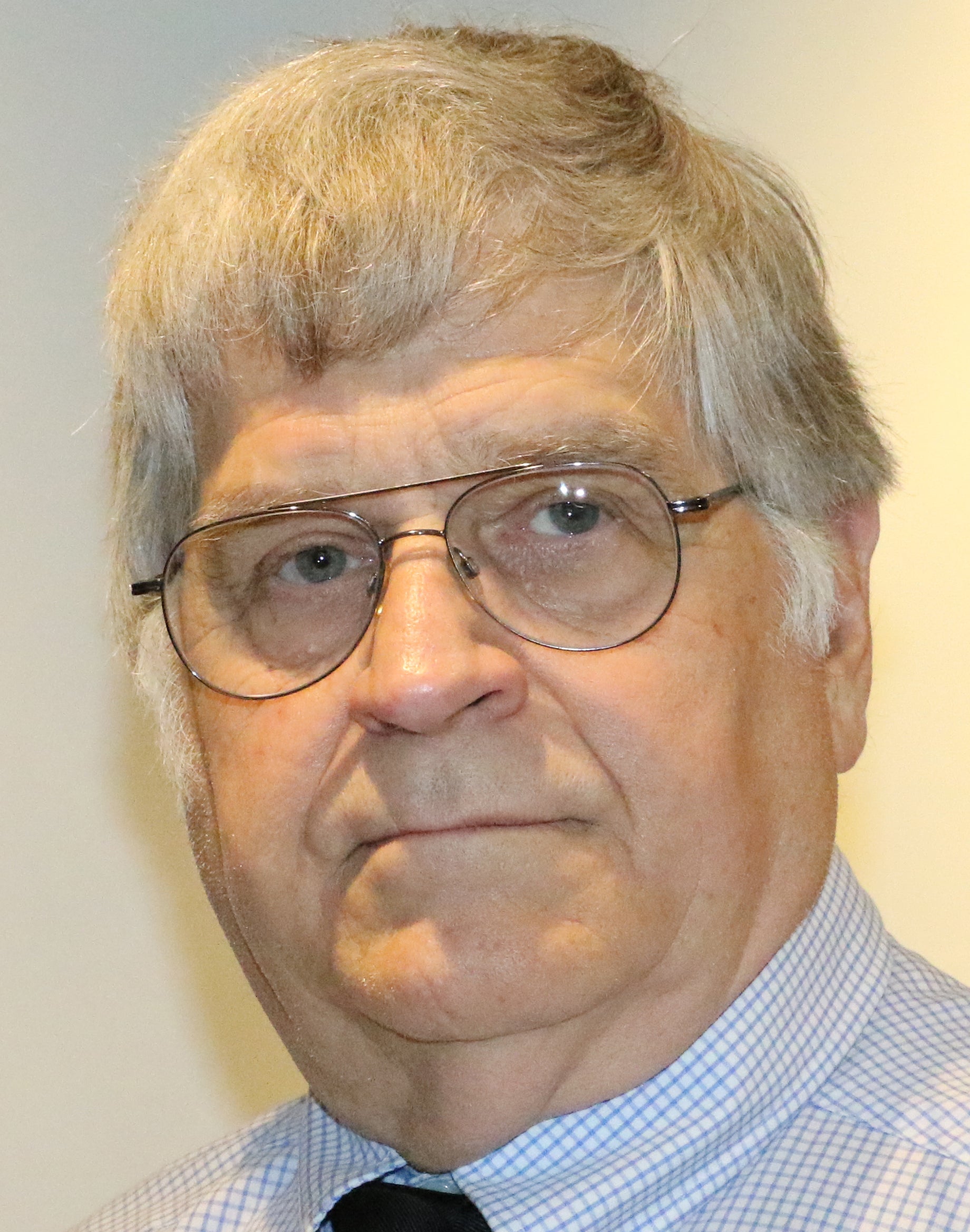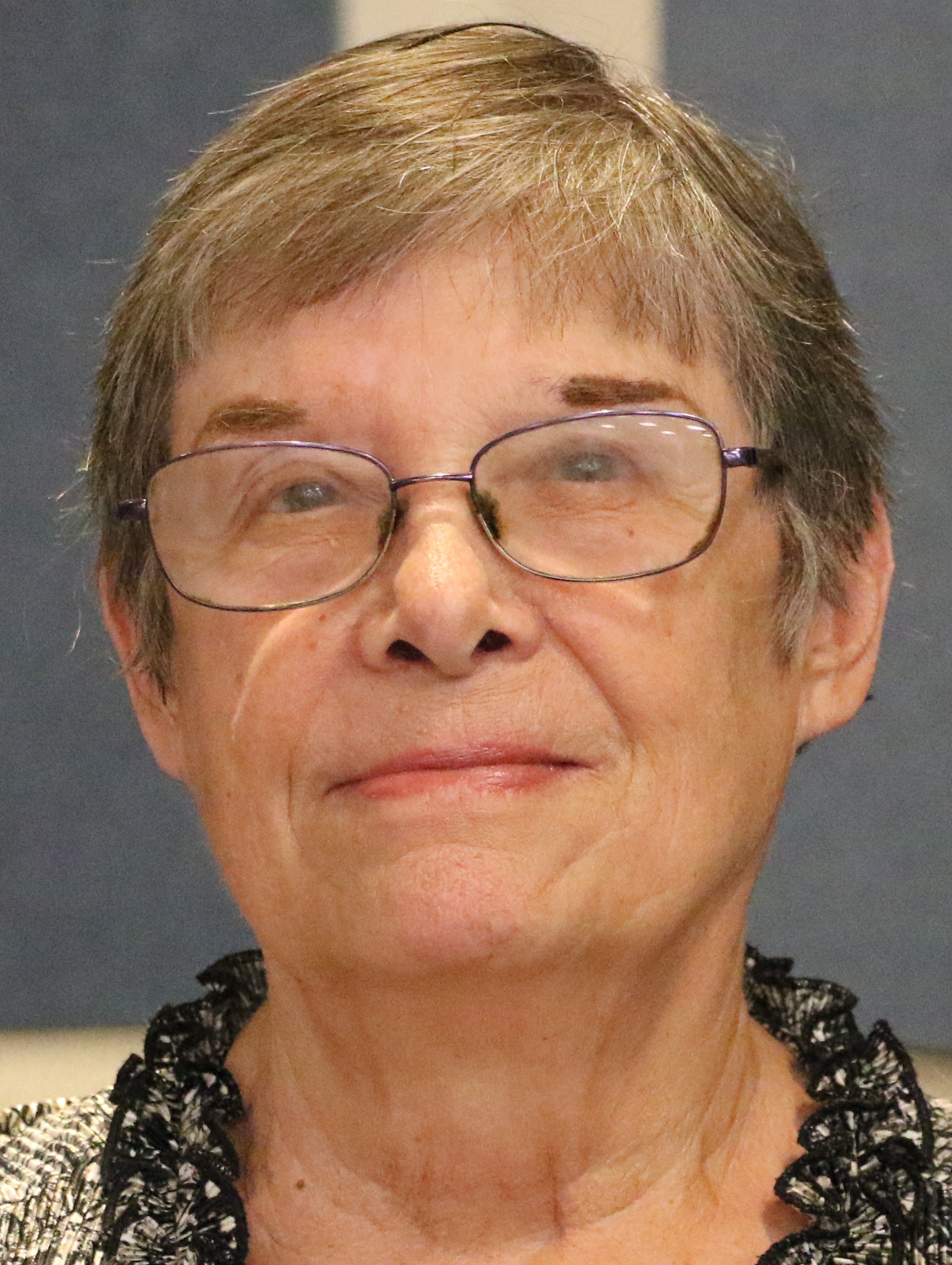Southampton County supervisors approve new solar ordinance
Published 7:04 pm Saturday, September 10, 2022

- (Courtesy)
|
Getting your Trinity Audio player ready...
|
The Southampton County Board of Supervisors recently voted unanimously to approve a new solar ordinance that some have called the strictest in the state.
The new ordinance has been approved and in place since July 26, making clear to solar developers the rules and restrictions proposed projects must conform to. Community Development Director Beth Lewis will be able to receive project proposals after Saturday, Sept. 10, when the county’s 12-month moratorium on consideration of utility-scale solar energy projects ends.
Prior to the July 26 public hearing on the solar ordinance, Lewis shared what led up to the crafting of the ordinance and then outlined details of the ordinance itself.
“This evening is the required public hearing for the repeal of the current utility-scale solar regulations and its replacement with this proposed ordinance,” she said. “As you recall, on Sept. 9 of last year, the planning commission and the Board of Supervisors held a joint public hearing at which time a moratorium was adopted prohibiting the acceptance of applications for utility-scale solar projects.”
She noted that this moratorium was put in place to give the county time to craft a new ordinance to address what were seen as shortcomings in the existing ordinance.
“The planning commission was charged with creating an ordinance that would mitigate the loss of valuable farm and forest land, look at impacts on the tax base and study decommissioning,” she said.
Lewis then provided a brief history of how solar regulation has developed recently in the county.
“A solar company first began speaking to the planning commission in the summer of 2015,” she said. “They submitted an application for a 100-megawatt project in June of 2016, and it was approved in September of 2016.
She stated that in June 2016, a second 100-megawatt project was proposed at 31118 Meherrin Road surrounding the substation, which was subsequently withdrawn after the planning commission public hearing.
In October of 2016, an application for a 90-megawatt, 700-acre utility-scale solar project was submitted to be located near the intersection of Smiths Ferry Road and Southampton Parkway, she said. That application was withdrawn in March 2017 prior to any public hearing.
“At the time of these applications, solar was relatively new in Virginia, and we had little in the way of example to go by in review of any of these projects,” she said. “The approved project, Southampton Solar, began construction in April of 2017 and was completed two years later.”
She noted that a project was proposed in the Ivor area in 2018. At least two community meetings were held on behalf of the property owners, and citizens spoke in opposition to that proposed project at a number of planning commission meetings prior to the submittal of any application. No application was ever submitted.
The existing solar ordinance that was in effect entering the Board of Supervisors’ July 26 meeting this year was adopted in December 2018, she said. An application that met the requirements of that ordinance was submitted in October 2019. It was subsequently denied by the Board of Supervisors in January 2020.
“The Board of Supervisors wanted something else,” she said. “The proposed ordinance seeks to address concerns that have been raised over the years.
“The minimum project size proposed is 20 megawatts and the maximum is 100 megawatts,” she continued. “The minimum is seen by the planning commission as limiting the smaller facilities that they see throughout northeastern North Carolina, some of which are not well taken care of.
“The proposed ordinance limits the land area of the county to be devoted to utility-scale solar to 1%, or 3,855 acres,” she said. “The existing Southampton Solar project uses 1,418 of those acres, leaving 2,437 acres available for further utility-scale solar development.”
Of that acreage under this proposed ordinance, 69% of the proposed area must be forested so as to retain the most productive agricultural land and agricultural production, Lewis noted.
“And of course, any property in a voluntary agriculture and forestal district must be withdrawn from the program after two public hearings prior to the application,” she said.
She stated that while the retention of existing buffers is encouraged, any new buffers and screening must be planted in the first growing season after any land-disturbing permits are issued. This will permit the vegetation to begin to grow before construction is complete and the contractors leave.
“Non-native vegetation is limited and new vegetation must be certified nursery stock,” she said. “This will hopefully limit the intrusion of invasive plants and insects as were thought to have been brought in during the construction of Southampton Solar.”
The proposed ordinance also requires a bond of 100% of the landscape costs while the project is under construction and the retention of a $50,000 landscape bond for the life of the project so the county can repair or replace landscape buffering or cut tall grass if the operator does not, Lewis said.
She indicated that additional requirements of the new ordinance limit solar installations to at least 1 mile from incorporated places and 5 miles from another such project
“The 1-mile buffer around incorporated places seeks to limit the intrusion of such projects on the population centers of the county and to permit suburban-type development to continue in the areas around the towns so as to take advantage of the infrastructure that’s there and the amenities around those towns,” she said. “The 5-mile limit is to keep an area from being overwhelmed with solar development.”
There isn’t any utility-scale solar development in any of the abuting localities that would be within that 5-mile buffer today, she noted.
“Buffers and setbacks are increased to protect environmental, community and historical assets, and they can be expanded or contracted to meet the needs of the buffered areas,” she said
No topsoil can be removed, and grading of slopes greater than 15% is restricted, according to the new ordinance.
“This is seen as a way to perhaps return the property to agriculture and forestry use when the project is decommissioned, although the planning commission members and the agriculture and forestry community think it’s unlikely much of the land will ever be suitable for such redevelopment,” Lewis said.
Continuing, she stated that the required community meetings must be held no more than 6 months prior to the submittal of a complete application so as to permit current property owners to be aware instead of those who may have sold property years ago. And all documents must be recorded with the clerk of the court so they can be searchable by anyone.
“But the most difficult part of this ordinance review was the decommissioning phase,” she said. “No project of this type has been decommissioned in the United States.
“The planning commission had strong wishes not to inflict decommissioning on their children and grandchildren,” she continued. “One way to do that is to require surety of 100% of the decommissioning cost to be provided with no credit for salvage value. This has been part of the planning commission’s recommendation since the existing ordinance was adopted back in 2019.”
She noted that if the decommissioned materials have value, the decommissioning entity gets that reward. If that material has little or no value, the taxpayers of the county are not left with the bill.
Lewis concluded by highlighting how the Southampton County Planning Commission’s eight attending members at its June 9 meeting made a unanimous recommendation to the Board of Supervisors to approve the new solar ordinance.
During the July 26 public hearing, three members of the public spoke in favor of approving the proposed ordinance. Two individuals, speaking on behalf of solar developers, encouraged loosening some of the ordinance’s restrictions, and one individual encouraged the board to rely on a conditional use permit process instead of restrictive ordinance language, noting that the CUP process will allow the board to tailor projects to the county’s desire.
Encouraging the CUP process was Blake Cox, of Chesterfield, who is formerly of Conservatives for Clean Energy and said that he is “making sure there’s a common sense voice at the local level when we have these energy discussions.”
“Many Southampton County landowners want to use their land for solar projects,” he said. “They believe as Americans they should be able to do so as long as the rights of others are not violated. They want to use their own property to generate income for their families, income that benefits not only themselves but the businesses and citizens of Southampton as well.
“Aspects of the ordinance, like the megawatt and acreage restrictions, would be detrimental to landowners and the state of solar in Southampton County,” he continued. “Not only does limiting the megawattage and acreage restrict the rights of landowners but also ties the hands of this board and the supervisors who will follow you.”
During supervisor comments prior to the board’s vote, Jerusalem District Supervisor and Board Chair Alan W. Edwards said, “I agree with some of the people tonight — I’d just as soon have zero solar. I think it’s one of the biggest sales jobs that we’ve had. It’s inefficient to make a solar farm. The carbon footprint that you take to make it and maintain it is much higher than you’ll ever save in 30 years.
“Europe right now has got themselves in trouble with windmills and solar power,” he continued. “They’re going to small and medium nuclear.”
He noted that he has researched the issue and talked to engineers from energy companies.
“From Duke Energy, I talked to an engineer that told me, ‘If the public knew what was going on with this, they would never stand for it,’” Edwards said. “So I think our ordinance is as strict as it gets. I’ve been told it’s the strictest one in the state. I’ve already had two counties contact me about copies — Rockingham County and Greene County. … I’m rather proud of it, so that’s all I have to say at this point.”
Capron District Supervisor and Board Vice Chair William Hart Gillette also expressed his support for the new ordinance.
Newsoms District Supervisor Lynda T. Updike said, “I’d like to make a motion that we accept the new ordinance, and I’d like to do it in Glenn’s memory. I wish he was here to see it.”
Her late husband and former supervisor Glenn Updike had put a lot of work into helping maintain the county’s way of life in the face of solar developments, as Edwards noted moments later.
The ordinance was approved as written entering the meeting.







